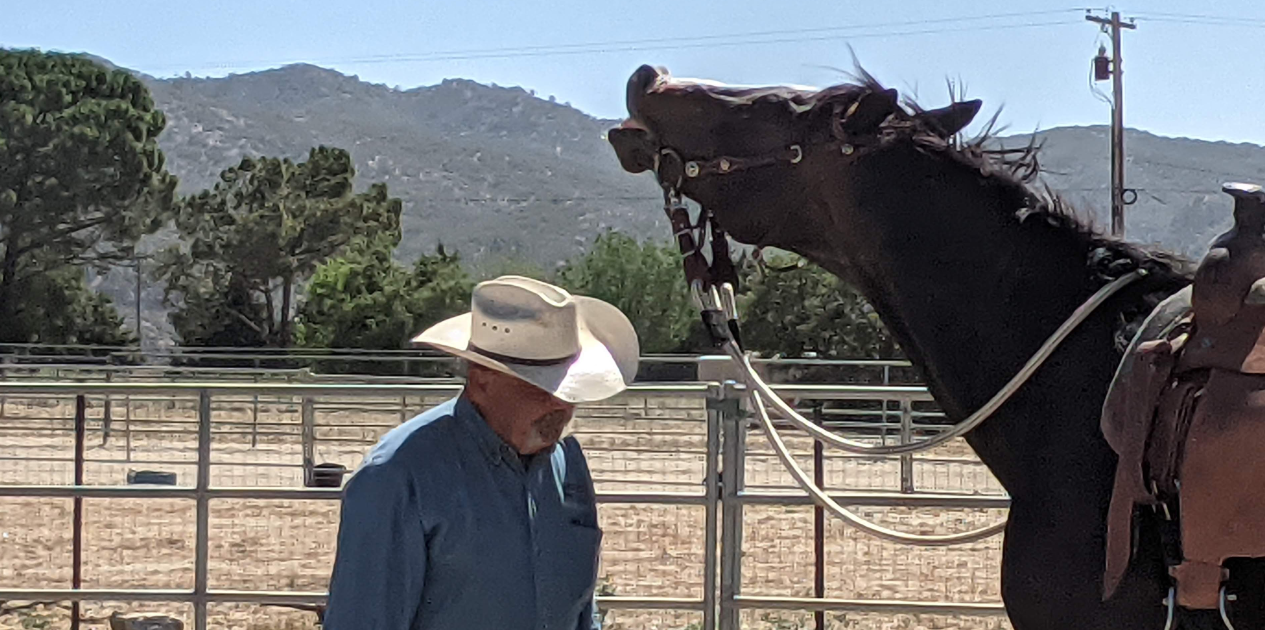The Key Principle of Natural Horsemanship: Respect
Cowboy Strong Horsemanship
Cowboy Strong’s 5 Key Principles of Natural Horsemanship form the foundation of a unique and powerful approach to training and working with horses. These principles – trust, respect, communication, patience, and partnership – are the guiding force behind every interaction and training session between horse and human. Cowboy Strong’s approach emphasizes building a deep, meaningful relationship with your horse, based on mutual understanding and respect. Throughout this series of articles, we will explore each of these principles in depth and provide exercises and techniques to help you develop a stronger partnership with your horse.
Principle of Natural Horsemanship: Respect
Respect is one of the key principles of natural horsemanship. It is an essential component of any successful partnership between a horse and a human. Without respect, the horse will not trust or listen to the rider, and the partnership will suffer. In this article, we will explore the importance of respect and an exercise that can help to gain it.
Respect is not about fear or dominance. Instead, it is about establishing a relationship based on trust and communication. When a horse respects his rider, he is willing to listen to his cues and work together as a team. He is also more likely to remain calm and relaxed in stressful situations.
To gain respect from a horse, you must first establish yourself as a leader. This means setting boundaries and being consistent in your interactions with the horse. You must also be fair and kind in your treatment of the horse. Using force or intimidation will only create fear and mistrust.
One exercise that can help to gain respect from a horse is the “yielding exercise.” To begin, you will stand facing your horse and gently press your hand into his chest. The horse should respond by taking a step back. As soon as he does, release the pressure and praise him. Repeat the exercise, gradually increasing the pressure and asking the horse to take more steps back.
The key to this exercise is to remain calm and patient. You are not trying to force the horse to move, but rather asking him to yield to your touch. By doing this, you are establishing yourself as a leader and showing the horse that you are in control.
As you repeat the exercise, you may find that your horse starts to respond more quickly and willingly. This is a sign that he is beginning to respect you and your leadership. You can reinforce this respect by offering a reward, such as a treat or a pat on the neck.
Another way to gain respect is through consistency in your training. Horses thrive on routine and predictability, and they respond well to clear and consistent cues. If you are inconsistent or unclear in your training, the horse will become confused and may not respect you as a leader.
In conclusion, respect is an essential component of natural horsemanship.
By establishing yourself as a leader and setting clear boundaries, you can gain the respect of your horse and create a partnership based on trust and communication. The yielding exercise is a valuable tool for gaining respect and establishing yourself as a leader. By remaining calm, patient, and consistent, you can create a deep and lasting bond with your horse based on mutual respect and trust.

